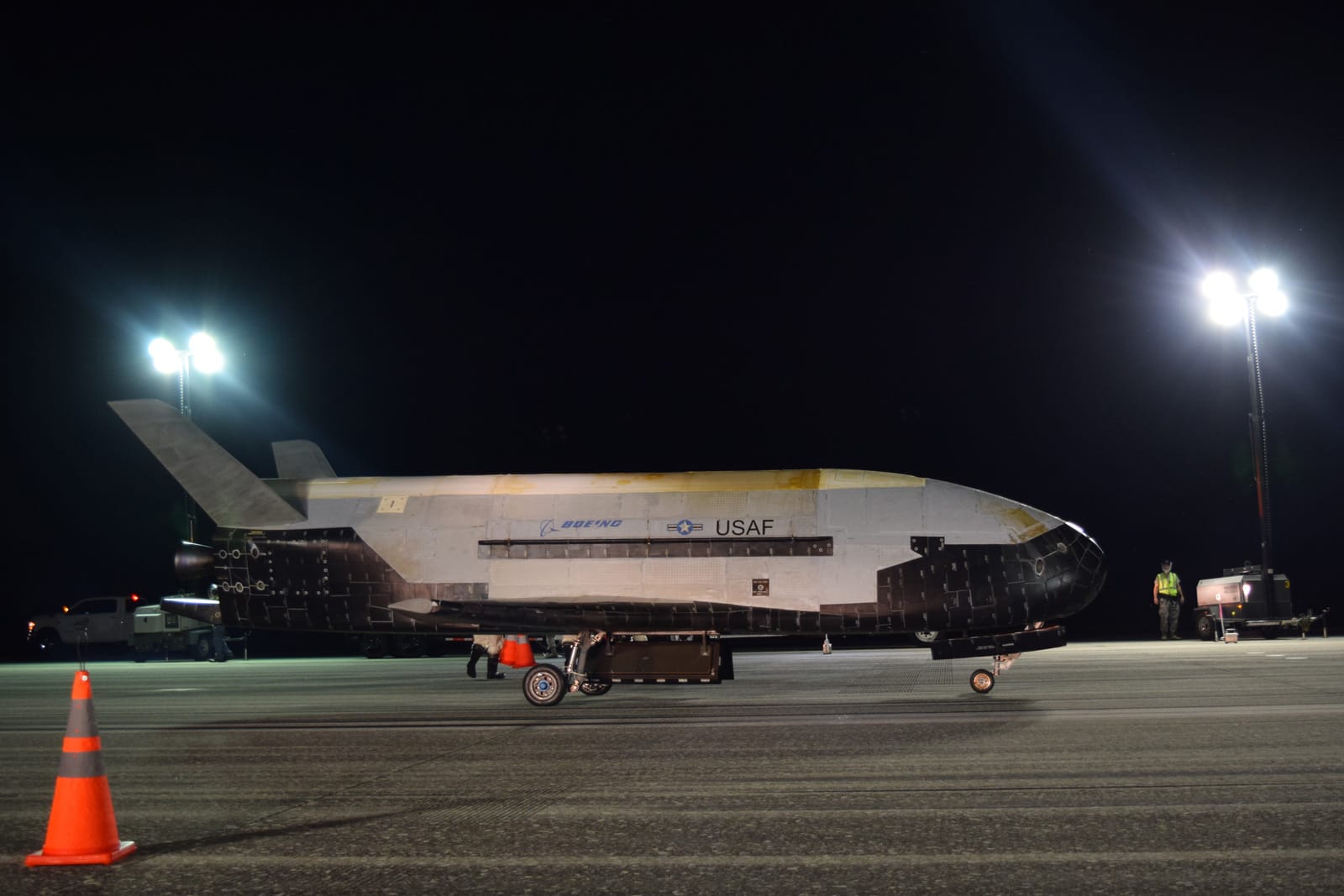https://www.space.com/spacex-crew-dragon-abort-engine-test-video.html
SpaceX just fired up a launch escape system engine on its new Crew Dragon spacecraft, setting the stage for a critical ground and flight tests of an emergency system to keep astronauts safe during flight.
The escape engine test, which SpaceX revealed in this 13-second video on Thursday (Oct) 24), shows a pair of SuperDraco engines in action during an uncrewed ground test. It is expected be followed by a full-up ground static-fire test and an in-flight abort test in the upcoming weeks.
“Test of Crew Dragon’s upgraded launch escape system ahead of static fire and in-flight abort tests – altogether we are conducting hundreds of tests to verify the system’s advanced capabilities to carry astronauts to safety in the unlikely event of an emergency,” SpaceX representatives wrote on Twitter while sharing the video.
Related: The Emergency Launch Abort Systems of SpaceX and Boeing Explained
A SpaceX Crew Dragon spacecraft test fires its SuperDraco launch escape system engines in this still from a video released by SpaceX on Oct. 24, 2019.
(Image credit: SpaceX)
SpaceX’s launch escape system is designed to use eight SuperDraco engines to rip a Crew Dragon spacecraft free from its Falcon 9 rocket in a launch emergency. The capsule would then return astronauts to Earth under parachutes.
The SuperDraco escape system is a critical part of SpaceX Crew Dragon spacecraft to safeguard astronauts during a launch emergency. In April, SpaceX’s first Crew Dragon exploded during a failed static-fire test of the system. SpaceX has said a faulty valve led to the failure, and the company has upgraded the system to avoid a similar event.
Last month, SpaceX revealed a video compilation of its SuperDraco tests, showing choice clips from over 700 different tests.
Video: SpaceX Crew Dragon SuperDraco Tests in Multiple Amazing Views
The failed April test destroyed the Crew Dragon vehicle SpaceX used in its first unpiloted test flight to the International Space Station a month earlier in March.
NASA has tapped SpaceX and Boeing to fly American astronauts to and from the International Space Station as part of the agency’s Commercial Crew program. Last week, NASA chief Jim Bridenstine told reporters at the 70th International Astronautical Congress that he expects commercial crew flights to begin launching astronauts in early 2020.
As SpaceX prepares for its static-fire and in-flight abort tests for Crew Dragon, Boeing is preparing to launch the first unpiloted test flight of its Starliner crew capsule to the International Space Station on Dec. 17. Only if those test flights are successful will crewed flights follow.
SpaceX’s first piloted Crew Dragon flight will carry NASA astronauts Bob Behnken and Doug Hurley to the space station. Boeing’s first piloted Starliner mission will fly Boeing astronaut Chris Ferguson (a former NASA astronaut and shuttle commander) and NASA astronauts Mike Fincke and Nicole Aunapu Mann.
Email Tariq Malik at tmalik@space.com or follow him @tariqjmalik. Follow us @Spacedotcom and Facebook.
Have a news tip, correction or comment? Let us know at community@space.com.
via Space.com https://ift.tt/2CqOJ61
October 27, 2019 at 07:36AM


